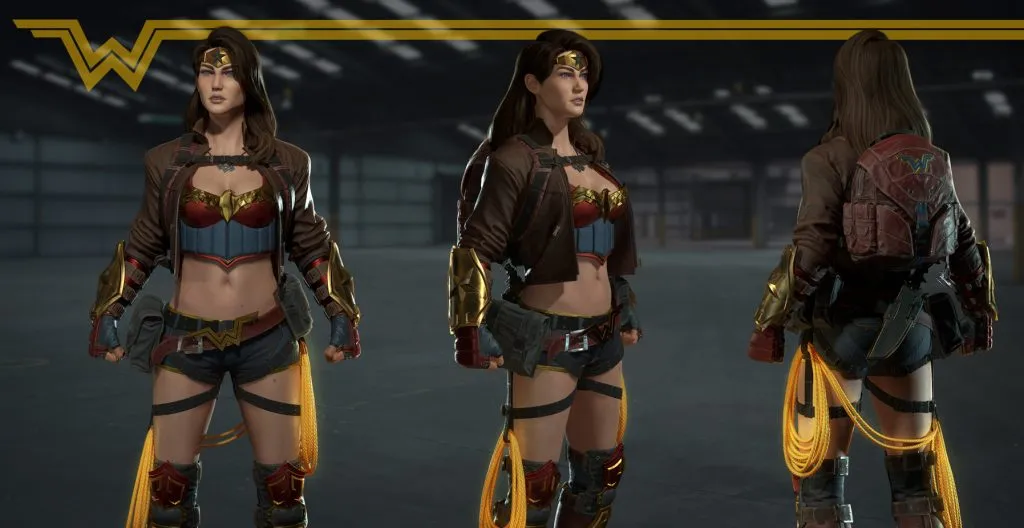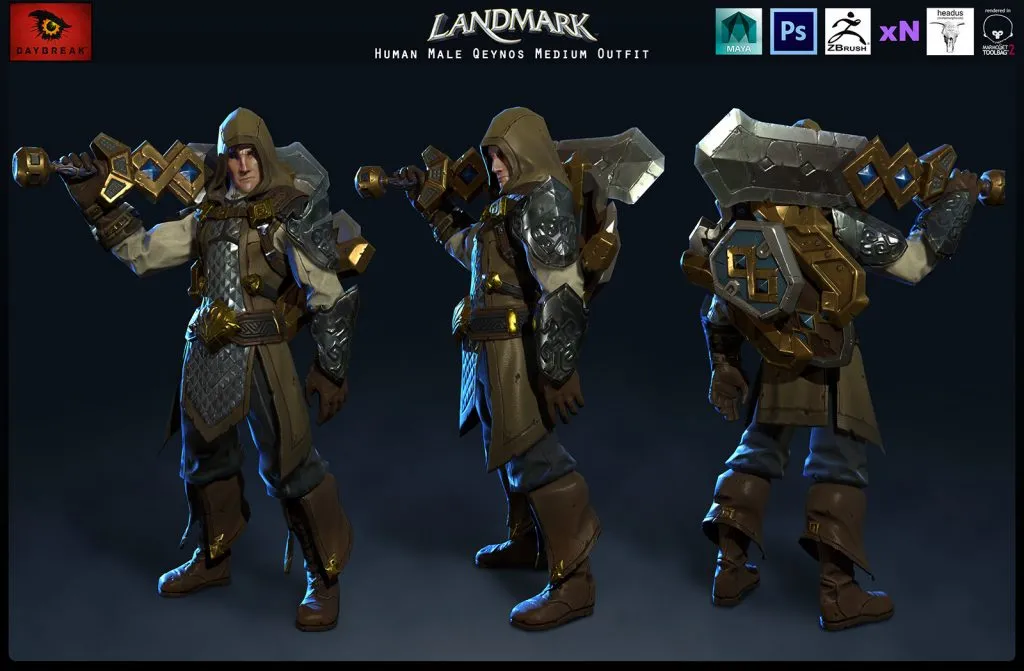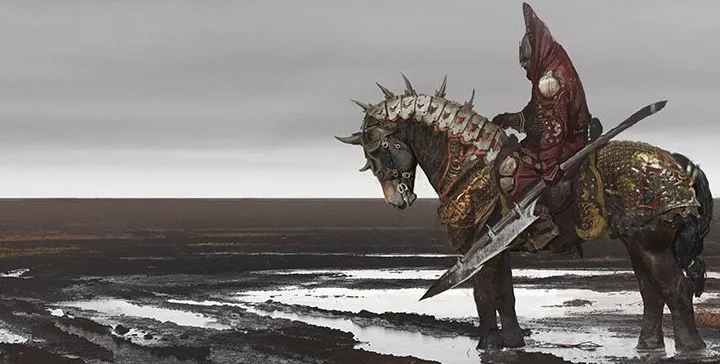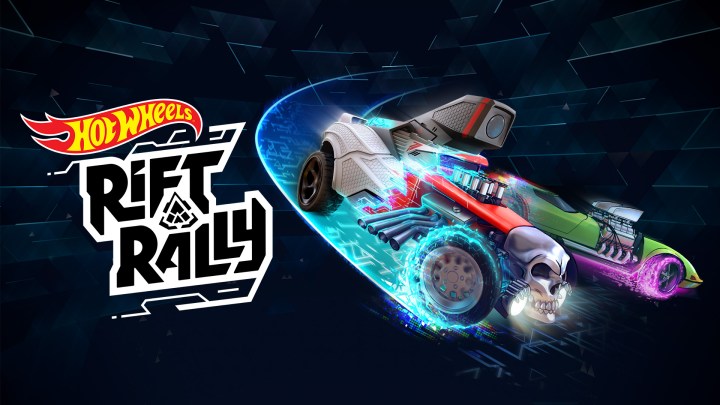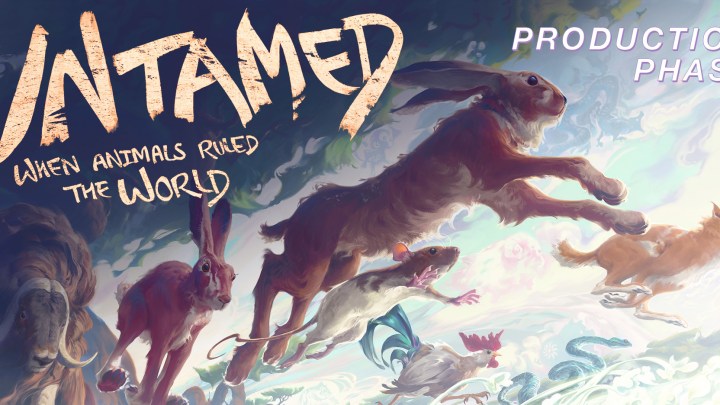Top 7 Things You Need to Know to Become a Game Character Artist
From portfolio presentation to what directors are looking for and much more, our industry expert breaks it down to the top 7 things you absolutely need to know if you want to pursue a career as a Game Character Artist.
You can easily create a professional, clean and sleek portfolio website with ArtStation Pro and get noticed by recruiters and game studios by showing up at the top of searches!
Satoshi Arakawa has been a character artist in the gaming industry for over a decade and has worked on characters for stylized titles such as FreeRealms and Landmark, to more realistic titles such as Defiance and H1Z1. Currently, he is the Lead Character Artist on H1Z1 at Daybreak Games. You may also recognize Satoshi as the Host for the Ancient Civilizations Game Character Art Challenge going on right now on ArtStation.
With his passion and expertise in the field, Satoshi breaks it down to the top 7 things to know to get your dream job as a Game Character Artist:
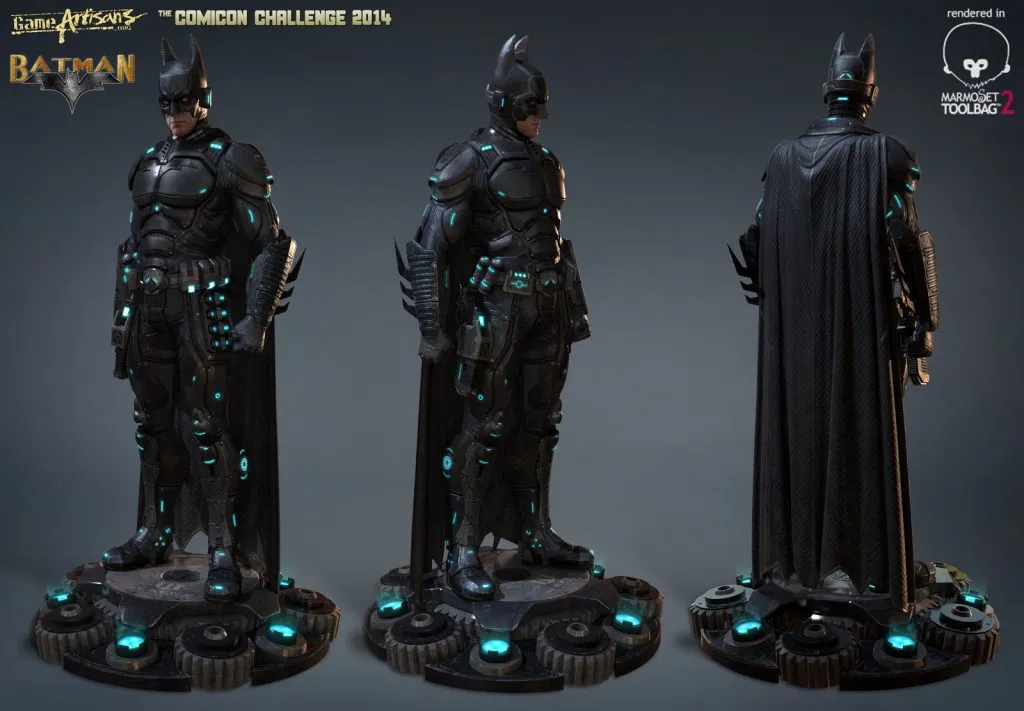 1) Educate yourself and learn from experienced mentors.
1) Educate yourself and learn from experienced mentors.
Start by determining how to educate yourself. Whether you go to a school or learn everything online is up to you. Things have changed quite a bit from when I was in school. There are so many amazing online resources now, it feels like you could learn a ton on your own. Of course, guidance and learning from experienced people is the best way to go. You can learn a lot from tutorials and videos but having a mentor who can show you all their tricks and shortcuts can make a world of a difference. For character art specifically, training your eye for proper proportion and anatomy come first in my book. It doesn’t matter what kind of character art you want to do, these are the foundation for all of it.
2) Quality over quantity
Anatomy is also vital so focus on these studies early on.
This depends on the individual character artist. You have to think about what sort of jobs you are going for. You want to tailor your portfolio to the studios you want to apply to and the type of art you most enjoy. Play to your strengths. Also, don’t put EVERYTHING in your portfolio. If you have, say 6 characters in your portfolio, ask yourself if any of them are weaker than the others. If the answer is yes, remove them. When working on new pieces, look at art that you admire and ask yourself if you are hitting that quality bar. You have to be honest with yourself. If you aren’t hitting that bar, learn how to get as close as possible. Remember this: potential employers would rather see one high quality character than three mediocre ones. For a character artist, you also want a good mix of design in your characters to show you are well rounded. Anatomy is also vital so focus on these studies early on.
3) Consider how your portfolio is being presented to hiring directors
Anyone hiring has to go through hundreds of portfolios a day. You absolutely want to stand out. Make sure anything you put in front of potential employers is professional. Obviously, the most important thing is your portfolio. When I look at a portfolio I want to see simplicity, quality, and professional presentation. I don’t care about crazy elaborate splash pages with flash animation, I don’t care about amazing music set to your page, and I don’t care how many links to social media sites you have on it. I want to see your best art presented to me in a professional and easily accessible manner. First step is creating amazing characters and the second is to present that in a way that is easy and appealing to anyone who looks at it.
Check out Satoshi’s Art-Station powered portfolio website.
4) Days and workload vary
My typical work day goes from 8:30 to about 5:30. I am an early riser but a lot of my coworkers do 10 to 7. It just depends on your lifestyle. I usually try to get my schedule in order every morning. If I have meetings, I have to fit my production work around that. As lead, I also have to keep the character guys under me scheduled and keep up with their progress. There is often a lot of cross discipline meetings that need to happen between art, design, and code so juggling all of that can be challenging. Some days it’s light on management tasks and I will get to spend more time on art. Other days I barely get to touch an artist tool at all. So it can absolutely vary from one day to the next but I find all of it to be an amazing learning experience.
5) Don’t try to rush a masterpiece
Take a step back and focus on fundamental principles.
The one mistake I see most often is someone trying to do too much, too fast. It is super tempting to want an amazing portfolio piece quickly and therefore skip fundamental learning steps. The problem is you end up with something you think is awesome and everyone else thinks is completely wrong. Take a step back and focus on fundamental principles. You will not regret it.
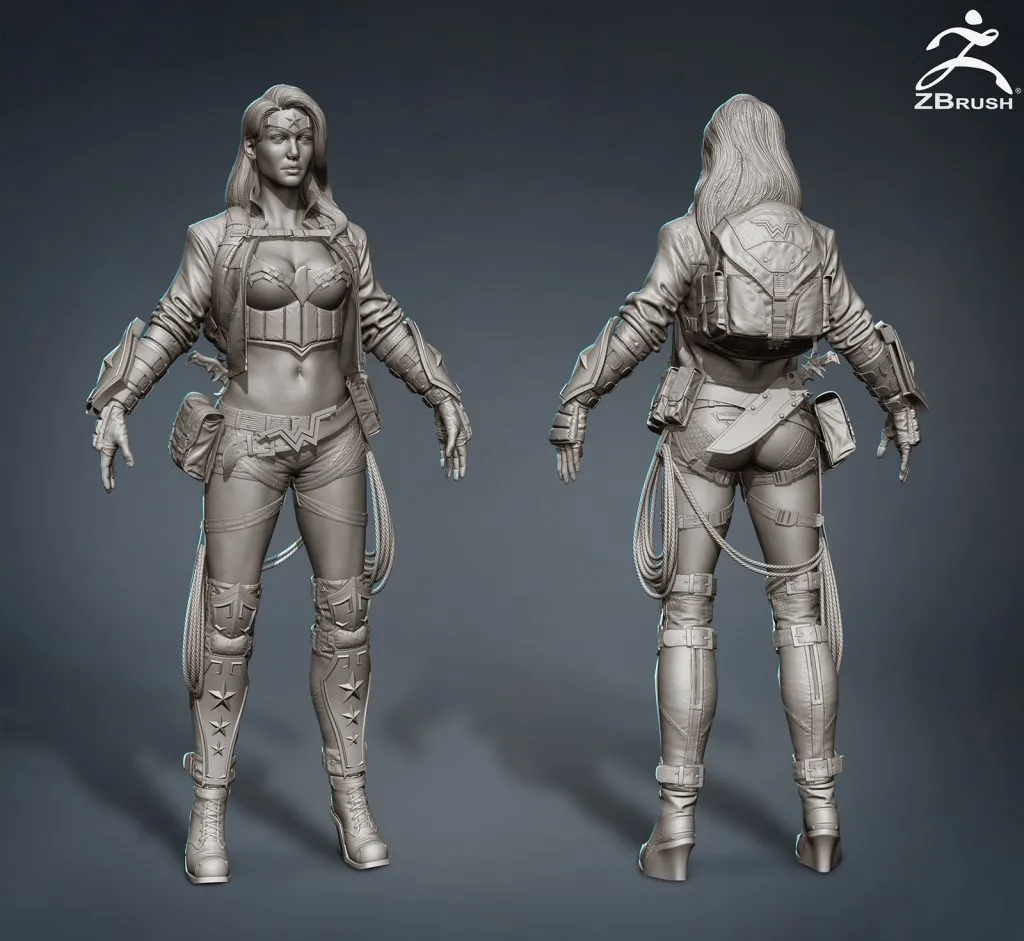 6) Stay modest and motivated
6) Stay modest and motivated
The two biggest keys to improving is to stay modest and to stay motivated. Take in as much feedback as you possibly can. Even if you might disagree wholeheartedly with someone’s critique, try to look at their point of view and see if it makes sense in any way. This kind of thinking will give you so much more room to grow as an artist. Second part is stay motivated. I see a lot of people get complacent and they let their skills start to fall off. Keep up with current software, keep refining your abilities, and keep learning.
7) It’s never too late to hop into the industry
I often see confused people asking if it’s too late for them to make the jump into the gaming industry because they are 30 years old or whatever. I studied biochemistry and worked in the pharmaceutical industry for 2 years before I transitioned to art school. So don’t let your age stop you!
Check out more of Satoshi’s work on his ArtStation Pro website.
